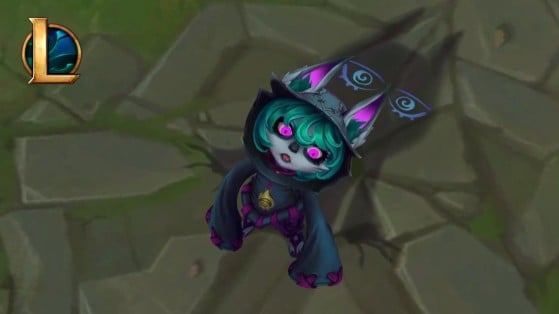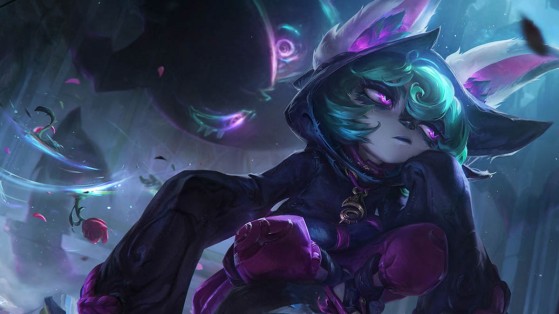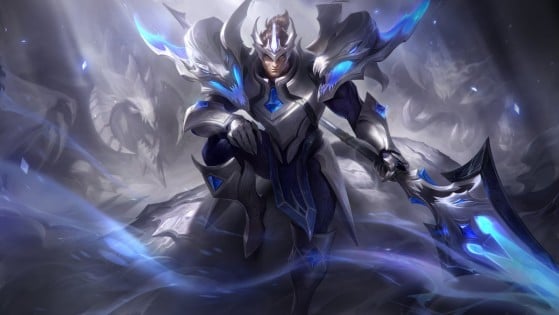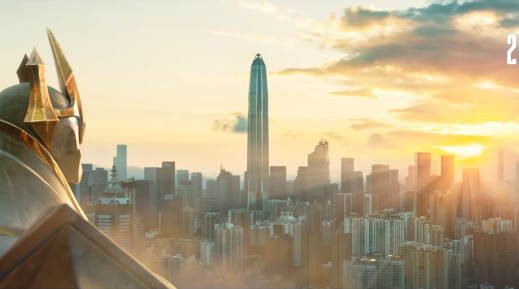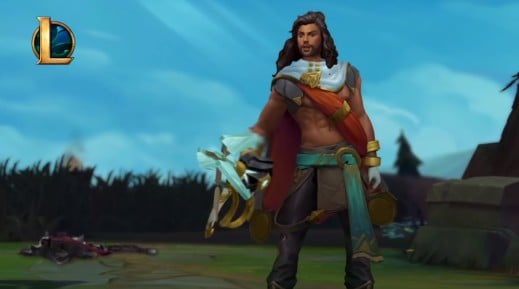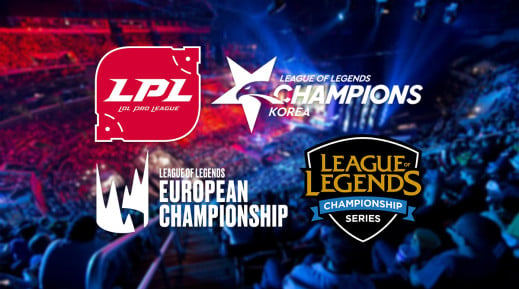With all the time that has passed since the launch of League of Legends, Riot has grown from a low-budget independent developer into a behemoth.
However, despite the growth, there are still many who complain about the tech behind the game, and now new champion Vex has exacerbated one of those complaints.
Vex is not the champion Riot wanted
Riot removed an ability originally planned for Vex, one whose function was to increase the range of allied projectiles to create new strategies.
However, technological limitations made it impossible for Riot to develop and implement this mechanic, and this flaw is something they have encountered on numerous occasions.
A huge part of this is that League, a twelve-year-old game, has a lot of spaghetti code limiting its growth.
The League of Legends game engine has not stood the test of time well, and despite changes, it still has trouble handling new mechanics. It's a situation similar to the one that weighs on graphics performance, and has led to constant complaints about the appearance of the champions compared to Wild Rift.
The obvious answer might be a total engine change, but this raises new problems.
Why doesn't Riot change the graphics engine?
Although it is a process that Riot will have to undertake at some point should it want the game to survive a second decade, there are serious issues this raises.
The most obvious is the cost of the process -- in both economic and time terms, carrying out such an operation would limit the number of new features Riot could implement, for a significant period of time.
However, there is an even more important reason. Riot is hesitant to change the minimum requirements needed for a PC to play League of Legends, so that the maximum number of players is possible.
Even with all the changes over the last decade, machines capable at the game's release can still run the game. Riot has stated previously that they only make changes when the minimum number of players are affected.
As such, the potential of the game is severely restricted in terms of technology, and it remains to be seen whether this will change in the future.
